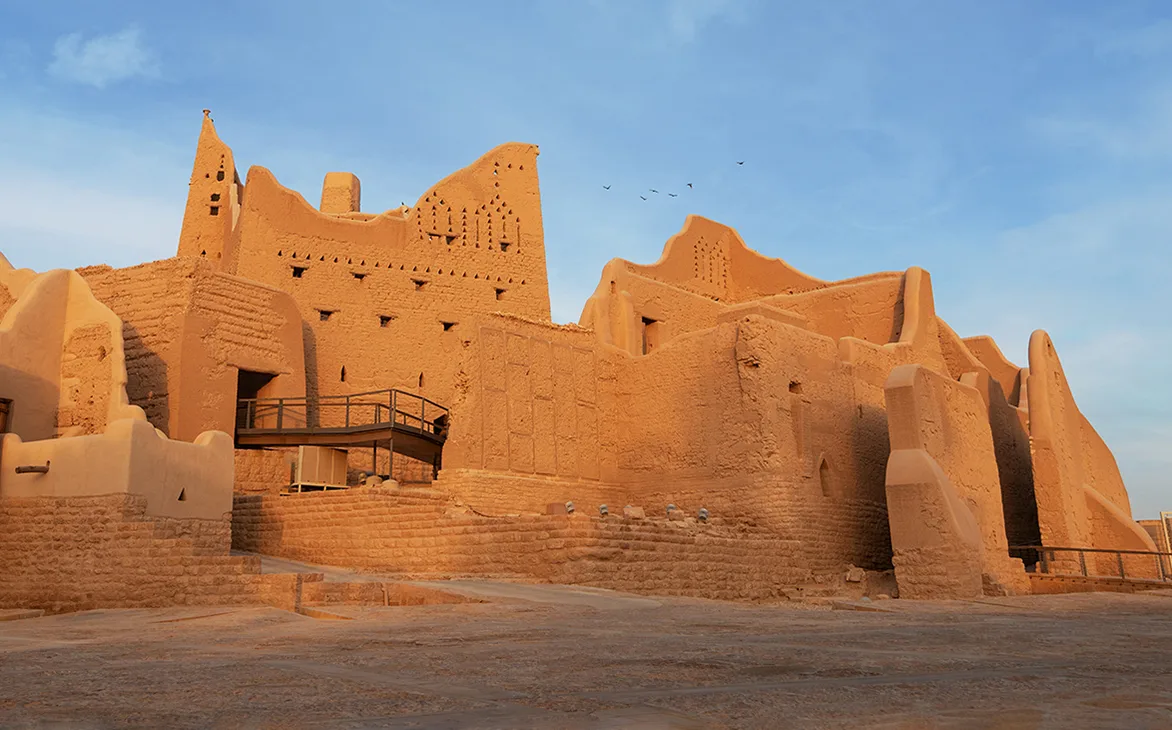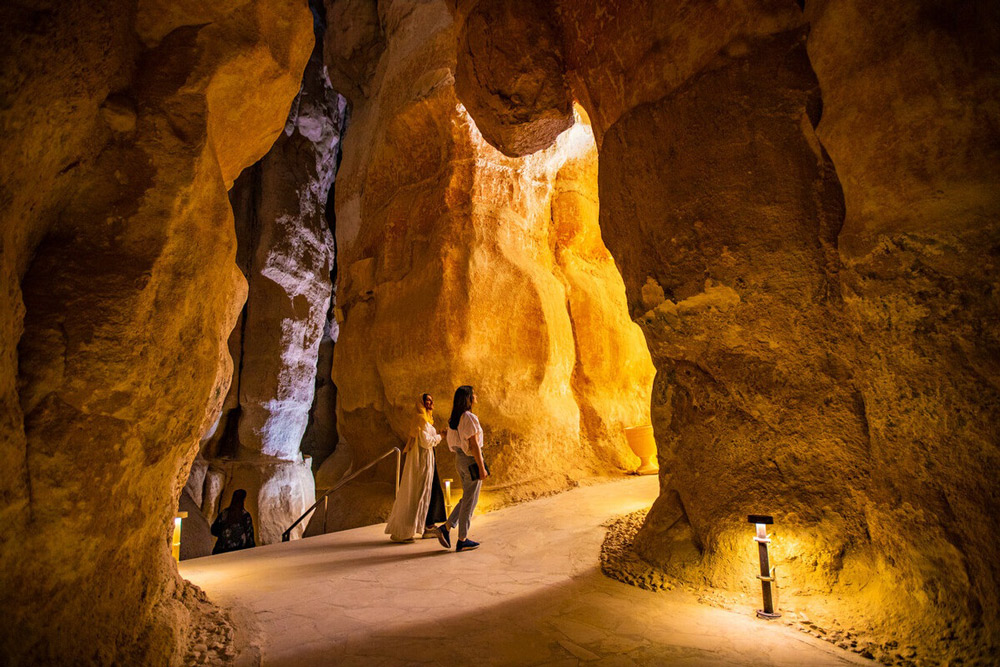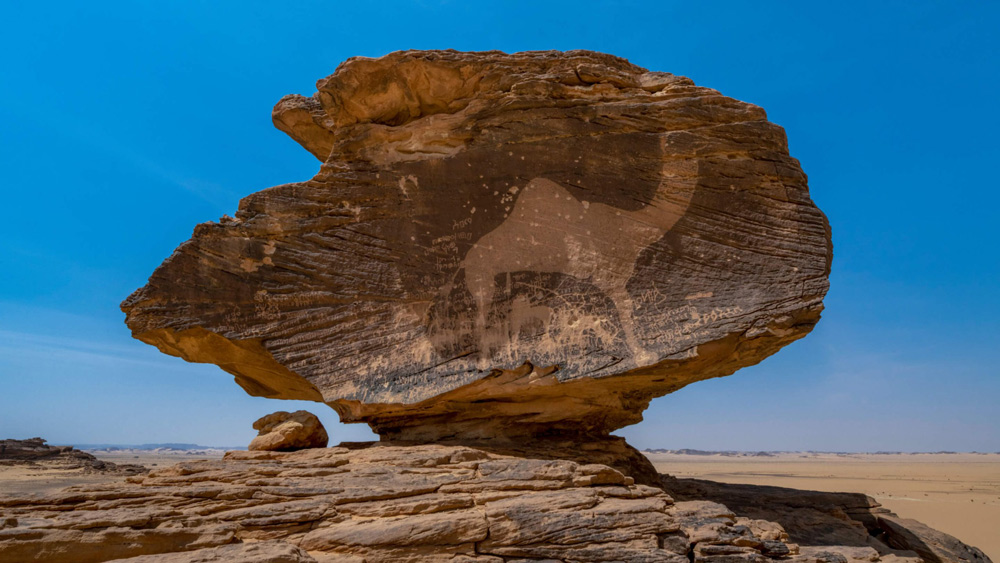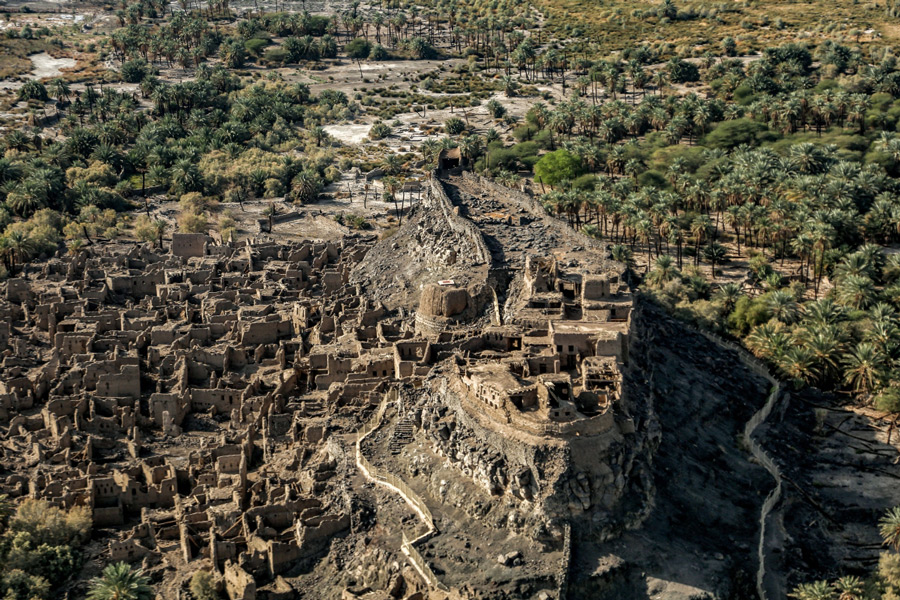Discover the rich tapestry of Saudi Arabia’s history through its UNESCO World Heritage Sites. Saudi Arabia, a land steeped in history and culture, is home to several UNESCO World Heritage Sites that offer a window into the Kingdom’s diverse past. From ancient archaeological marvels to evolving cultural landscapes, these sites highlight the country’s significance as a crossroads of civilizations. This guide will take you on a journey through Saudi Arabia’s UNESCO-listed treasures, each telling a unique story of human achievement and natural beauty.
Al-Hijr Archaeological Site (Madâin Sâlih)
The monumental tombs of Madâin Sâlih stand as a testament to the Nabatean civilization.
- Inscription Year: 2008
- Location: Al-Ula, Madinah Province
Al-Hijr Archaeological Site, also known as Madâin Sâlih, was Saudi Arabia’s first UNESCO World Heritage Site. This ancient city was the southern capital of the Nabatean Kingdom, contemporaneous with the famous city of Petra in Jordan. The site boasts over 100 well-preserved monumental tombs with elaborate facades carved into sandstone outcrops. Inscriptions and cave drawings provide insights into the Nabatean language and culture, offering a glimpse into a civilization that thrived over 2,000 years ago.
.webp)
At-Turaif District in ad-Dir’iyah
The mudbrick architecture of At-Turaif showcases traditional Najdi design.
- Inscription Year: 2010
- Location: Diriyah, Riyadh Province
At-Turaif District is the historical heart of ad-Dir’iyah, the first capital of the Saudi dynasty. Founded in the 15th century, it became a political and religious center in the 18th and early 19th centuries. The district is renowned for its Najdi architectural style, characterized by mudbrick buildings with intricate geometric patterns. Restoration efforts have transformed At-Turaif into a cultural destination where visitors can explore museums and learn about the unification of the Kingdom.

Historic Jeddah, the Gate to Makkah
Traditional houses in Jeddah feature coral stone and wooden latticed windows.
- Inscription Year: 2014
- Location: Jeddah, Makkah Province
Historic Jeddah served as a major port for Indian Ocean trade routes and as the gateway for pilgrims traveling to the holy city of Mecca. The old city is a maze of narrow alleys lined with multi-story houses built from coral stone, adorned with wooden Roshan (latticed windows). The architecture reflects a blend of Red Sea coastal traditions and influences from various cultures that passed through this bustling port over the centuries.
.jpg)
Rock Art in the Hail Region
Ancient petroglyphs depict humans and animals, offering insights into prehistoric life.
- Inscription Year: 2015
- Location: Jubbah and Shuwaymis, Hail Province
The Rock Art in the Hail Region encompasses two main sites: Jabal Umm Sinman at Jubbah and Jabal al-Manjor and Raat at Shuwaymis. These sites feature an extensive collection of petroglyphs and inscriptions dating back 10,000 years. The engravings depict a variety of human and animal figures, including camels, lions, and hunters, showcasing the artistic expression and daily life of prehistoric communities in the Arabian Peninsula.
.jpg)
Al-Ahsa Oasis, an Evolving Cultural Landscape
The lush palm groves of Al-Ahsa Oasis create a stark contrast with the surrounding desert.
- Inscription Year: 2018
- Location: Al-Ahsa, Eastern Province
Al-Ahsa Oasis is one of the world’s largest oases, with over 2.5 million palm trees. The site represents a cultural landscape that has evolved over millennia, showcasing the interaction between humans and the environment. The oasis includes gardens, canals, springs, wells, and a drainage lake, as well as historical buildings and archaeological sites dating back to the Neolithic period. Al-Ahsa has been a vital center for trade and agriculture, reflecting the ingenuity of its inhabitants in harnessing water resources.

Hima Cultural Area
Ancient inscriptions and rock art in Ḥimā reflect the region’s role as a crossroads of trade routes.
- Inscription Year: 2021
- Location: Najran Province
The Hima Cultural Area is rich in rock art and inscriptions along ancient caravan routes. The site contains numerous petroglyphs and texts in various scripts, including Musnad, Arabic, Greek, and Thamudic, dating back over 7,000 years. These artworks depict hunting, fauna, flora, and ways of life, providing valuable information about the region’s history and the people who traversed these routes.

Cultural Sites Pending or Under Consideration
While the above are the UNESCO World Heritage Sites inscribed as of 2021, Saudi Arabia continues to nominate other significant locations. Sites such as Dumat al-Jandal, Al-Faw Pre-Islamic City, and the Ancient Cultural Oasis of Khaybar are under consideration, reflecting the Kingdom’s ongoing efforts to preserve and promote its rich cultural heritage.

Conclusion
Saudi Arabia’s UNESCO World Heritage Sites offer a captivating journey through time, highlighting the Kingdom’s pivotal role in human history. From the ancient Nabatean tombs of Madâin Sâlih and the traditional mudbrick architecture of At-Turaif to the lush expanses of Al-Ahsa Oasis and the enigmatic rock art of Hail and Ḥimā, each site provides a unique narrative. Exploring these landmarks not only enriches our understanding of past civilizations but also showcases the cultural diversity and historical depth that Saudi Arabia has to offer.
Plan your visit to these remarkable sites and immerse yourself in the stories etched into the very fabric of Saudi Arabia’s landscapes. Each destination is a testament to the enduring legacy of human creativity and resilience.
